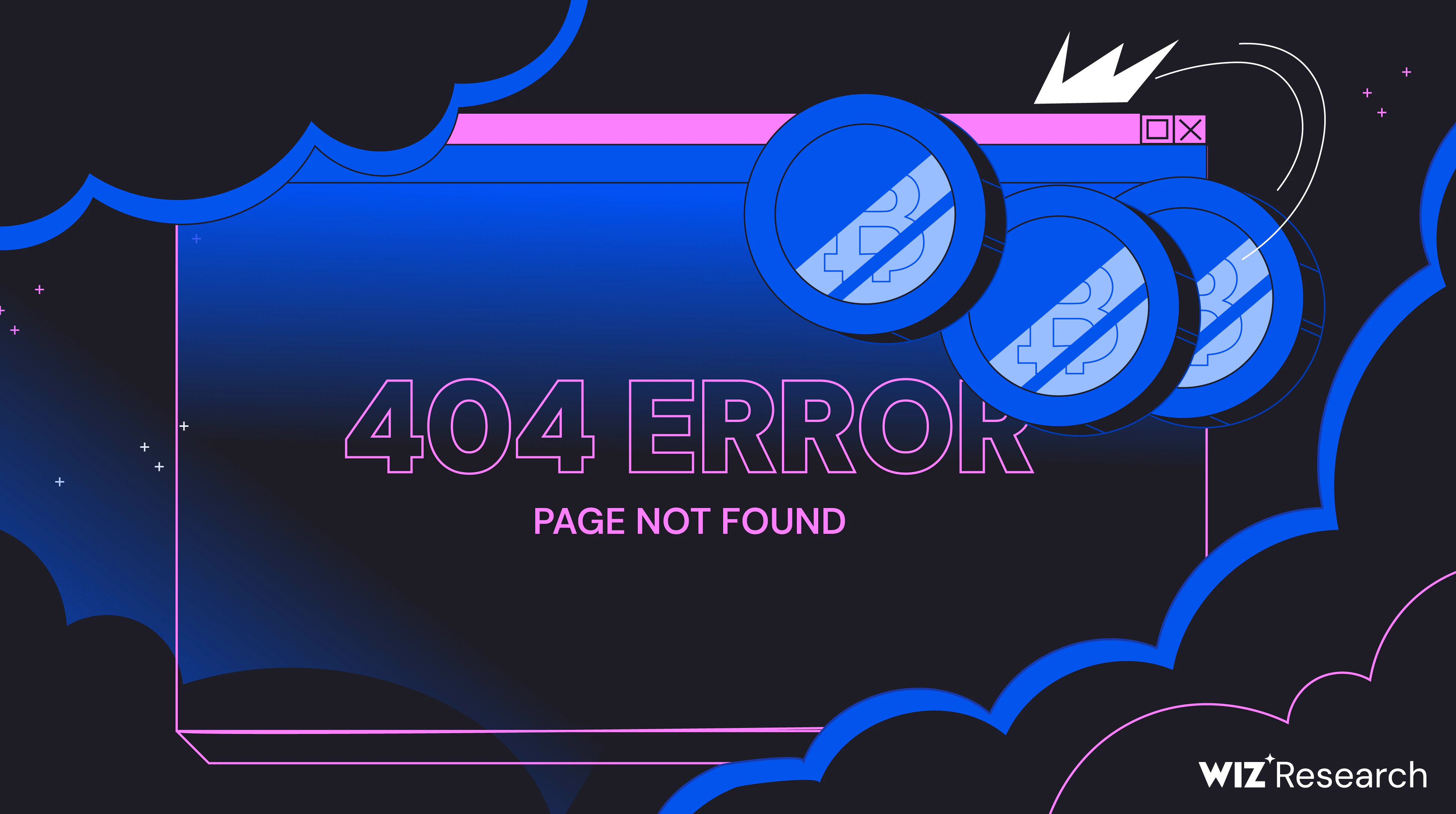What if the latest U.S. AI Action Plan transforms the way you approach cybersecurity?

This image is property of www.datocms-assets.com.
AI Everywhere: Rapid Investment and Expansion of U.S. Technologies
The essence of the recent U.S. AI Action Plan revolves around rapid investment and extensive expansion of AI technologies. The primary focus is to accelerate research, development, and deployment of AI in various sectors, making it a key player in future innovations. As someone in the cybersecurity field, understanding this focus can significantly impact how you prepare for the changes ahead.
Speed as a Priority
The speed of adoption is emphasized throughout the AI Action Plan. The U.S. aims to dodge regulatory hurdles that delay AI integration, enabling swifter advancements in technology. You’ll find that this rapid pace isn’t just about new gadgets; it has far-reaching effects on your existing cybersecurity frameworks and protocols.
Regulatory Barriers
One of the first critical steps is the removal of regulatory barriers that slow down AI adoption. These barriers can include cumbersome approval processes and outdated compliance requirements. For you, this means the landscape of technology could shift dramatically in a brief period. Engaging with emerging regulations early can position you better for the inevitable changes.
Data Centers and Energy Infrastructure
The plan also prioritizes building out data centers and energy infrastructure, which is vital for supporting the surge of AI technologies. The effective deployment of AI relies heavily on data centers that can handle vast amounts of information. This means as a cyber defender, regular assessment and safeguarding of these centers will be pivotal in ensuring that sensitive data remains secure.
Sector-Specific AI Standards
Another direction of the plan is the creation of sector-specific AI standards. For areas such as healthcare and cybersecurity, having tailored regulations will help guide secure implementation of AI technologies. You may want to keep an eye on these developments, as compliance to upcoming standards will be essential to protecting your organization.
Expanding Use Across Government
The expansion of AI use across federal government settings provides an excellent opportunity for innovation but also raises the stakes regarding cybersecurity. As these technologies integrate deeper into governmental operations, the potential vulnerabilities become a focal point for cyber defenders. Keeping ahead of these changes will require constant adaptation and vigilance.
The Urgency for Strong Cybersecurity Measures
With 85% of cloud environments already leveraging AI technologies, the urgency to manage security risks is palpable. As organizations like yours wrestle with the rapid advancement of AI, understanding how to protect against its risks is now more critical than ever. According to Gartner, without effective governance and security controls, the rise of AI could lead to significant and unpredictable setbacks.
Building Security Foundations for AI
While the emphasis on innovation within the AI Action Plan is clear, the intent to reinforce cybersecurity measures mirrors the need to secure AI systems from inception to deployment. This brings an indispensable layer of protection that’s essential for organizations involved in cybersecurity.
Securing Critical AI Systems
The spotlight on securing AI systems acknowledges their importance in defending against cyber threats. You might find it essential to build robust AI systems that can withstand adversarial threats. The need for “secure-by-design” solutions calls for integrating security features right from the development stages.
Establishing AI-ISAC
A noteworthy initiative within this action plan is the formation of an AI Information Sharing and Analysis Center (AI-ISAC). This center will serve as a conduit for sharing AI security threat information across critical infrastructure sectors. For you, this presents a unique opportunity to stay updated on emerging threats that could affect your operations.
Collaboration with AI Developers
The plan advocates extensive collaboration between government agencies, private sector entities, and AI developers. For cybersecurity professionals, working together to enhance AI innovations while mitigating risks will be crucial. This collaborative spirit is likely to foster advanced pathways for defending against cybercrime.
Ensuring Secure by Design Practices
Promoting a “secure by design” approach is not just a recommendation but forms the core of the Action Plan. This implies that your organization should prioritize resilient AI development practices. As the framework for AI technologies continues to evolve, ensuring that security measures are embedded from the very start can prevent vulnerabilities down the road.

This image is property of www.datocms-assets.com.
AI Incident Response
One aspect that the AI Action Plan emphasizes is the need for establishing effective frameworks for AI incident response. This will undeniably reshape your response to incidents involving AI systems, equipping you with structured methods to tackle various challenges.
Updating Federal Response Playbooks
The government is updating federal response playbooks to tackle AI-specific incidents. This initiative means that as a cyber defender, you will have access to valuable resources and guidelines that can streamline how you respond to AI-related threats.
Sharing AI Vulnerability Information
A significant part of building a robust incident response plan revolves around sharing information on AI vulnerabilities. When agencies share insights about potential weaknesses, it can create a collective defense approach. For you and your peers, this cooperation could lead to enhanced protective measures across industries.
Assessments of Risk from Frontier AI Systems
Researching the potential risks associated with frontier AI systems is crucial for reinforcing your cybersecurity strategies. The AI Action Plan acknowledges that understanding these risks is vital for the protection of national interests, as well as the private sector.
Effective Risk Insight
You need to assess not just existing AI vulnerabilities but also the threats posed by adversarial AI from foreign entities. Staying ahead of such vulnerabilities can safeguard your organization against geopolitical risks. As the plan progresses, your focus should shift to proactive measures designed to mitigate these security threats.

This image is property of www.datocms-assets.com.
Deepfake Protections
The growing legal and societal challenges from deepfakes cannot be overlooked. The AI Action Plan does recognize these challenges and outlines plans to address them.
Combatting Deepfakes
With the rise of deepfake technology, cybersecurity defenders must prepare for the implications of manipulated media. This can significantly affect your trustworthiness as an organization, as well as public perception. Implementing systems and methods for recognizing and combating deepfakes should become an integral part of your cybersecurity strategies.
Moving Forward: Securing AI Systems for the Future
The future of AI is directly tied to the ability of organizations to secure their systems effectively. The AI Action Plan outlines significant opportunities for the federal government to lead in the protection of technology, which can spill over into the private sector.
Defending AI Intellectual Property
A proactive stance on protecting AI intellectual property can position you advantageously in your field. As new innovations emerge, safeguarding these developments will correlate directly with your organization’s reputation and stability.
Core Security Measures in Development and Deployment
The integration of robust security practices into both development and deployment phases is essential. You must remain vigilant and adaptable to the evolving nature of AI technologies. This requires continuous updates to your strategies and methodologies to mitigate risks effectively.

This image is property of www.datocms-assets.com.
Emphasizing AI Security Readiness
The AI Action Plan highlights the necessity for continuous focus on AI security measures across organizational entities. Your proactive engagement in maintaining AI security will not only protect your organization but can also contribute to a safer technological landscape.
Insights from the Industry
An insightful survey of 100 cloud and security professionals revealed a clear narrative on the state of AI security within organizations. Understanding the common practices and challenges faced by your peers can offer crucial insights as you navigate through your security measures.
Conclusion
The U.S. AI Action Plan encapsulates a pivotal moment for cybersecurity, ushering in transformations that raise both opportunities and risks. With the emphasis on rapid innovation, coherent standards, and robust security practices, your role as a cyber defender will be foundational in navigating this complex landscape.
By focusing on collaboration, shared intelligence, and secure-by-design principles, you can help lead your organization toward a future where AI contributes positively to national security and economic resilience. Embracing the challenges while preparing for the inevitable changes will not only position you as a leader in cybersecurity but also equip your organization with the tools needed to thrive in an AI-driven future.

This image is property of www.datocms-assets.com.